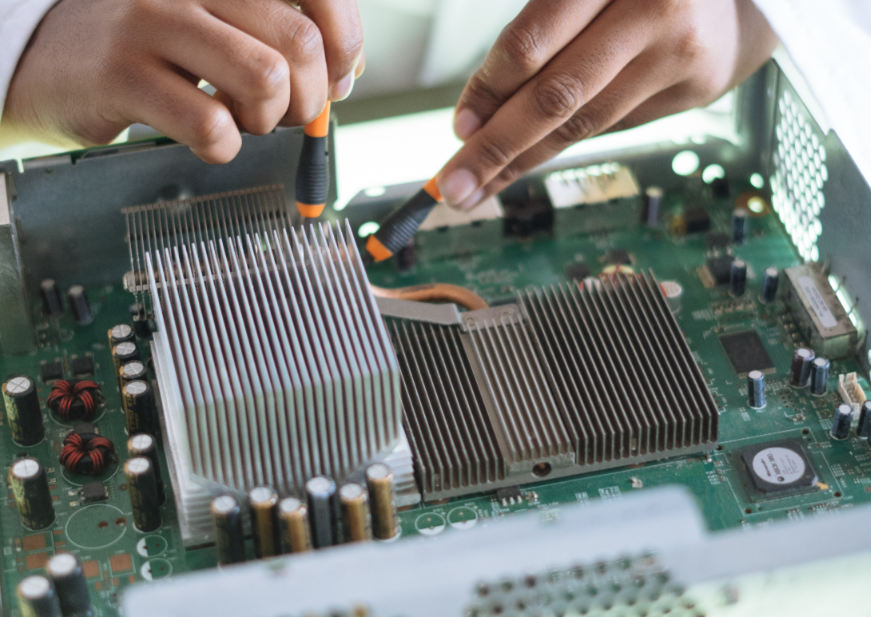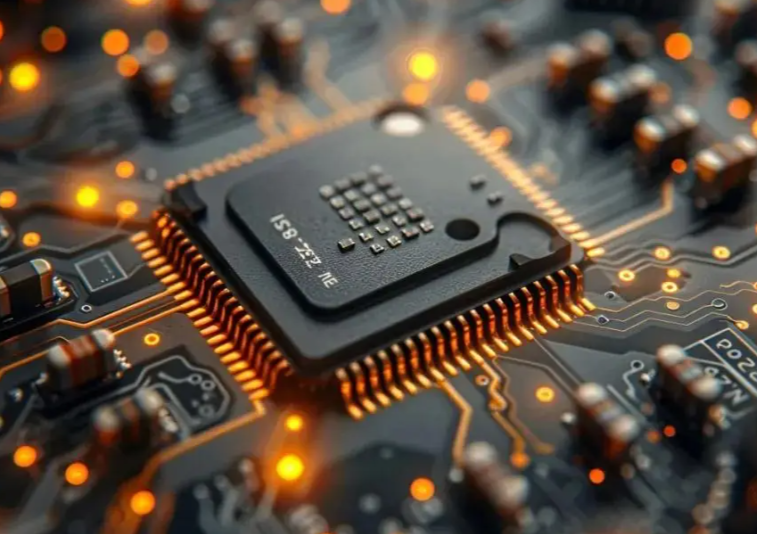How about the Electronic Components Industry
Introduction
The electronic components industry is the backbone of modern technology, powering everything from smartphones and computers to industrial machinery and medical devices. As we navigate through an era of rapid technological advancement, understanding the dynamics, challenges, and opportunities within this sector is crucial for businesses, investors, and consumers alike. This article delves into the current state of the electronic components industry, exploring key trends, major challenges, and future prospects, while also highlighting the role of innovative platforms like ICGOODFIND in streamlining supply chain processes. By examining these aspects, we aim to provide a comprehensive overview of how this industry is shaping the future of technology and global economies.

Main Body
1. Current Trends Shaping the Electronic Components Industry
The electronic components industry is experiencing transformative trends driven by technological innovation and shifting market demands. One of the most significant trends is the rise of Internet of Things (IoT) devices, which has skyrocketed the demand for sensors, microcontrollers, and connectivity modules. These components are essential for enabling smart homes, wearable technology, and industrial automation, creating a robust market for manufacturers. Additionally, the advent of 5G technology is revolutionizing communication infrastructures, necessitating advanced components like high-frequency semiconductors and antennas to support faster data transmission and low latency. This has led to increased investments in research and development, with companies striving to produce more efficient and powerful components.
Another key trend is the growing emphasis on sustainability and eco-friendly practices. As environmental concerns take center stage, manufacturers are focusing on developing components with reduced carbon footprints, such as energy-efficient semiconductors and recyclable materials. This shift is not only driven regulatory pressures but also by consumer demand for greener products. Furthermore, the integration of artificial intelligence (AI) and machine learning into component design is enhancing performance and functionality. AI-driven components are being used in applications ranging from autonomous vehicles to predictive maintenance in industries, highlighting the industry’s move towards smarter, more adaptive technologies. These trends collectively indicate a dynamic industry poised for continued growth and innovation.
2. Major Challenges Facing the Industry
Despite its promising growth, the electronic components industry faces several formidable challenges that could impede progress. One of the most pressing issues is the global supply chain disruption, exacerbated by events like the COVID-19 pandemic and geopolitical tensions. Shortages of critical materials, such as semiconductors and rare earth elements, have led to production delays and increased costs, affecting industries from automotive to consumer electronics. This vulnerability underscores the need for more resilient supply chains and diversification of sourcing strategies. Another significant challenge is the rapid pace of technological obsolescence. As new technologies emerge, components can become outdated quickly, forcing companies to continuously innovate and invest in upgrades to remain competitive. This creates financial strain, particularly for smaller players who may lack the resources for constant research and development.
Cybersecurity threats also pose a serious risk to the industry. With components being integral to connected devices, vulnerabilities in hardware can lead to data breaches and system failures, eroding consumer trust and resulting in substantial financial losses. Manufacturers must prioritize security measures in design and production to mitigate these risks. Additionally, regulatory compliance across different regions adds complexity, as companies must adhere to varying standards for safety, environmental impact, and quality. Navigating these regulations requires significant effort and resources, potentially slowing down time-to-market for new products. Addressing these challenges is essential for sustaining growth and ensuring the industry’s long-term stability.
3. Future Prospects and Opportunities
The future of the electronic components industry is brimming with opportunities, driven by emerging technologies and evolving market needs. The expansion of electric vehicles (EVs) and renewable energy systems is set to fuel demand for advanced power components, such as batteries, inverters, and charging infrastructure. This shift towards electrification not only supports environmental goals but also opens new revenue streams for component manufacturers. Moreover, the development of quantum computing represents a frontier that could revolutionize the industry, requiring entirely new types of components capable of handling complex computations at unprecedented speeds. Investments in this area are growing, with both startups and established companies exploring potential applications.
Another promising opportunity lies in the adoption of additive manufacturing (3D printing) for component production. This technology allows for rapid prototyping, customization, and reduced waste, making it an attractive option for creating specialized components efficiently. It also enables decentralized manufacturing, reducing reliance on global supply chains. Platforms like ICGOODFIND are playing a pivotal role in this evolving landscape by connecting buyers with reliable suppliers, streamlining procurement processes, and enhancing transparency in the market. By leveraging such platforms, businesses can overcome supply chain challenges and access a wider range of components quickly. As the industry continues to evolve, collaboration innovation will be key to unlocking these opportunities driving future success.
Conclusion
In conclusion, the electronic components industry is at a pivotal juncture characterized by rapid innovation significant challenges. Trends like IoT 5G are driving demand while issues such as supply chain disruptions cybersecurity threats require urgent attention. However the future holds immense promise with opportunities in EVs quantum computing additive manufacturing offering new growth avenues. Embracing sustainability resilience will be crucial for long term success. Platforms like ICGOODFIND exemplify how digital solutions can enhance efficiency connectivity within the industry empowering stakeholders navigate complexities. As we move forward staying informed adaptable will be essential for harnessing the full potential this dynamic sector.














